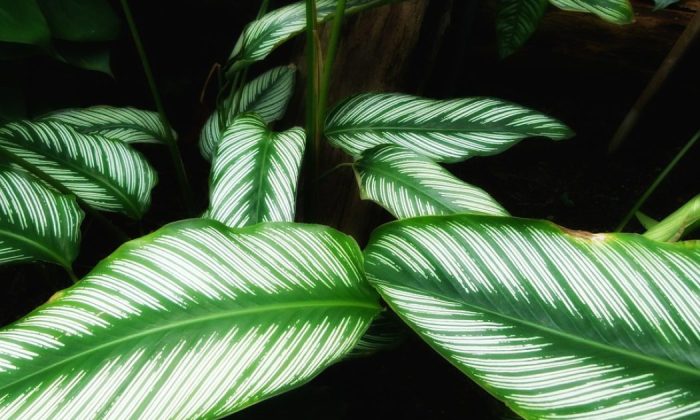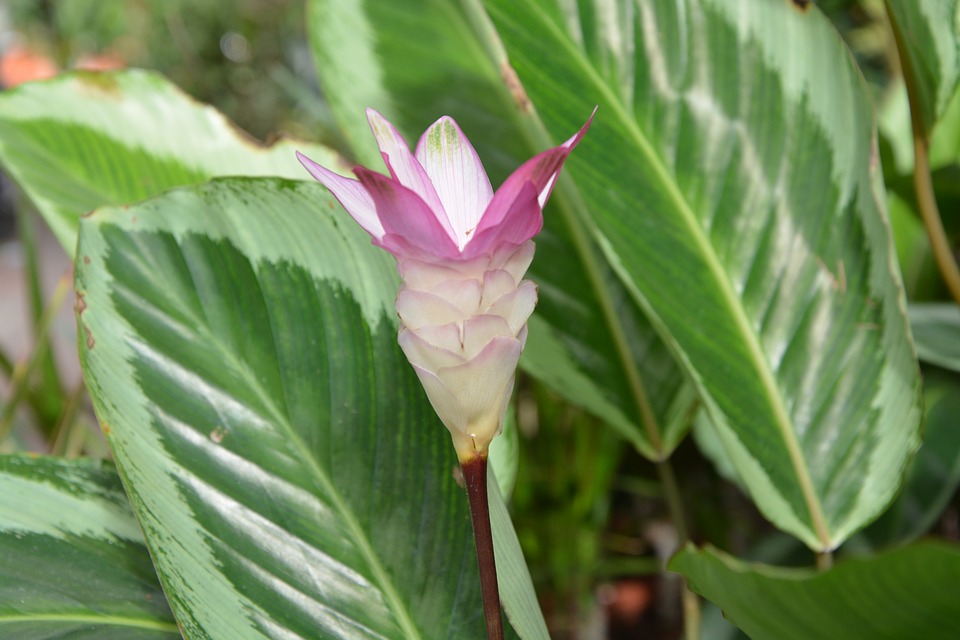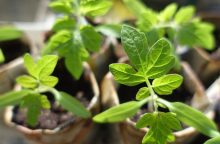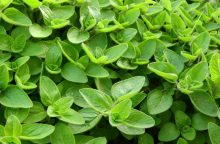Hot to grow Calathea

Calathea, also known as the cathedral plant or zebra plant is not an easy plant to grow. It comes from tropical forests and you need to provide it with similar conditions. Calathea is beautiful. Each leaf looks like a hand painted art and it is very popular mainly thanks original patterns on leaves, which is a typical and different for the given variety. It also feels “alive” thanks to an interesting habit: it folds and unfolds its leaves. Every evening it folds leaves and unfolds them again in the morning.
Plant location
Calathea grows in the shade of tropical forest, away from direct sunlight. It likes places without drafts, partial shade or bright places, but with diffused light. It also needs warmth and moist air so, you need to provide it with such conditions. The room temperature should be 18-25 °C. The higher the temperature, the higher the humidity. The ideal place is a bright and warm bathroom or kitchen. However, if you think about kitchen you should know that calathea does not like fumes from gas appliances.
Photo: Pixabay
Air humidity
Air humidity is very important for successful cultivation. In summer, you should definitely moist calathea every day, and at least twice a week in winter. Do not place the plant next to a hot radiator because it hates dry air. If possible, place the pot with calathea on a stand filled with water and pebbles (or expanded clay). The evaporating water will locally increase the ambient humidity and you want that.
Watering
Calathea should have a slightly moist substrate at all times. It is better to water twice a week abundantly than frequently and little. Use rainwater or soft, boiled and settled water. The substrate should dry slightly between watering. When calathea does not have enough water, its leaves start to wilt and curl. If you see it, water it immediately.
Fertilization
During the growing period, you should fertilize calathea with a fertilizer designed for plants in pots every two weeks. Best if you use a liquid fertilizer, which you add to water. You can also use a long-acting fertilizer.
Transplanting and substrate
The plant must be transplanted immediately after purchase, because it is usually sold in a temporary peat substrate. If the pot or container is too small and the plant stops growing, you should transplant every year. Transplant in the spring and use a “one size” larger pot. Do not forget to put a drainage layer at the bottom of the pot. The soil should be permeable and slightly acidic (pH = 5.0-5.5).
Preview photo: Pixabay

Gardening is my hobby, I have a lot of experience and I am happy to share it.









0 comments